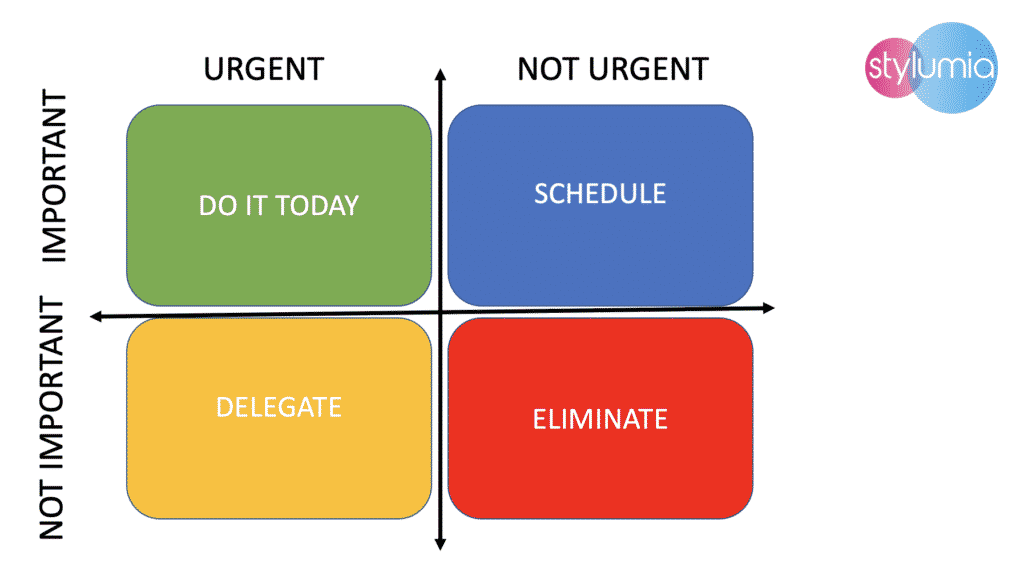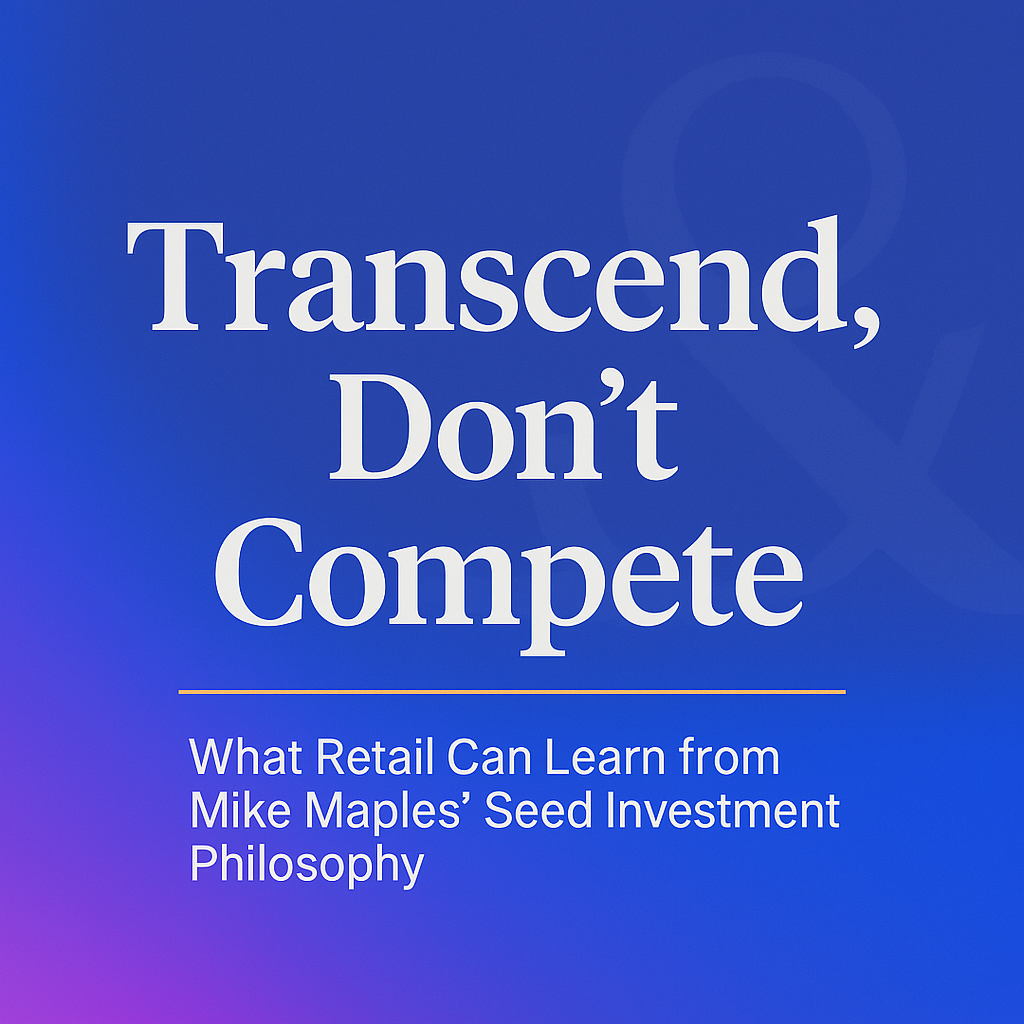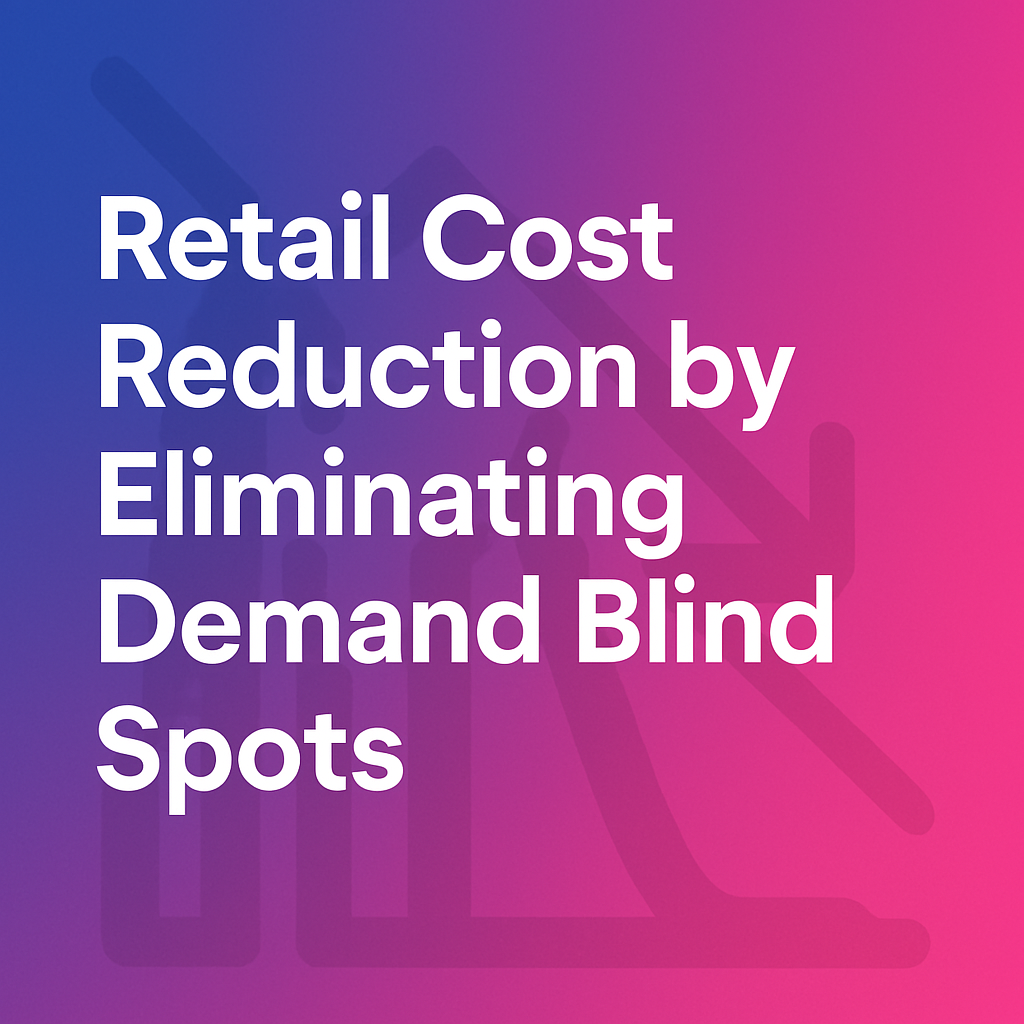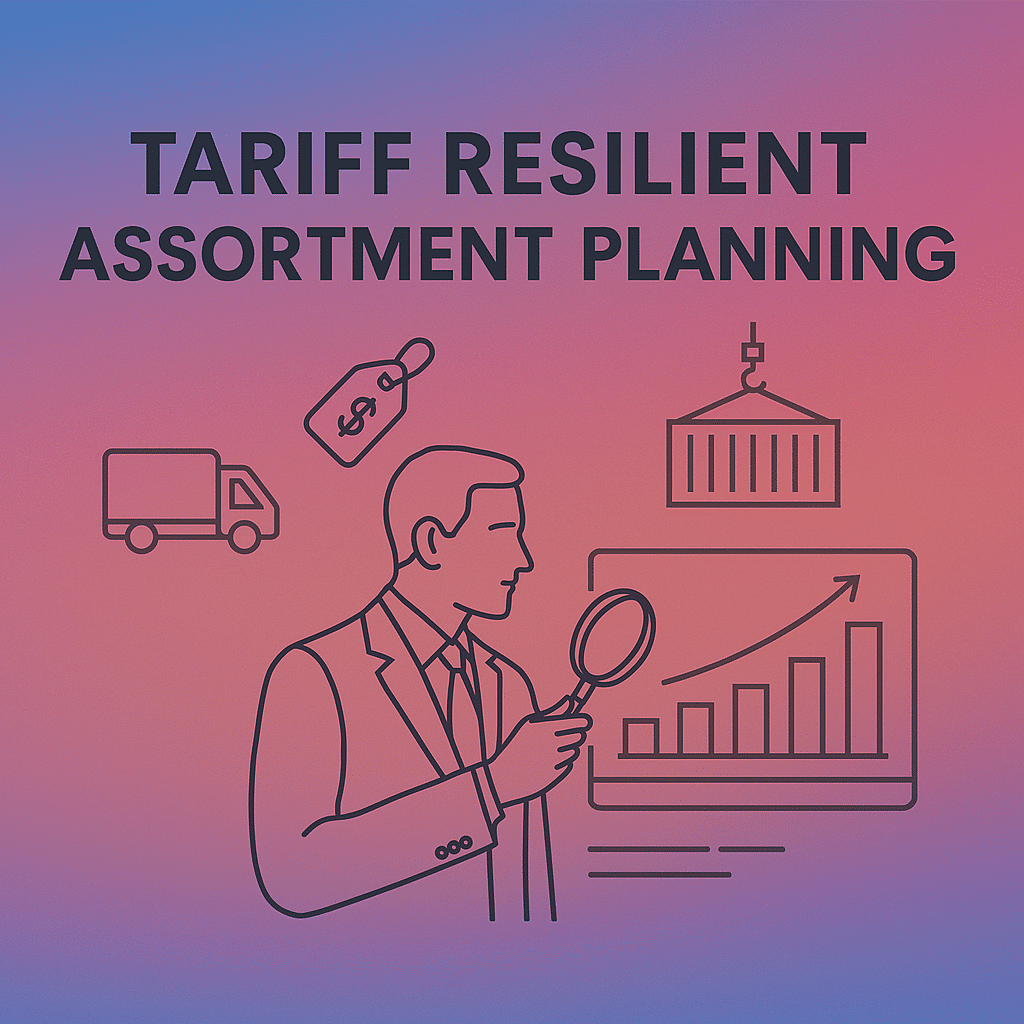Need To Shift Fashion Retail Mental Models

Mental models are blueprints to help make decisions faster and better. We can make significant progress using knowledge and models from across disciplines. Charlie Munger (works by the side of Warren Buffet, Vice Chairman of Berkshire Hathaway) articulates this clearly in his commencement speech at USC. In this edit, we look at how we can explore fashion retail mental models for positive transformation. This is the first of the series of articles on the subject inspired by 30 thinking tools.
Mental Models For Optimal Decisions
The mental model is a blueprint to draw your attention to the important elements of whatever you are facing, and it defines context, background, and direction. You gain understanding even if you lack actual knowledge or experience. You get the ability to make optimal decisions.
What are the fashion retail mental models for taking optimal decisions?
While we will de-construct the mental models in this edit, you can check our earlier articles on the fundamental shifts in mental models in fashion here.
What are the relevant mental models for fashion retail?
An individual’s mental model is limited and gives a biased perspective. The mental models below will help operate better and take optimal decisions in the world. The wider the portfolio of mental models, the better our perspectives. Else, we fall prey to the fable of blind men and the elephant.
Model 1: Eisenhower’s Matrix | Prioritise
This matrix helps us prioritise our actions.

Taking at a look at the new normal in fashion retail, some of the priorities can be,
- DO IT TODAY: Season-less merchandising, Demand-driven design, Reduce unwanted supply (waste), Intelligent Allocation, etc.
- SCHEDULE: Digitalise supply responsive to demand, Waste-less fashion supply, Create awareness of the power of technology in the fashion supply chain, etc
- ELIMINATE Uninformed decision making, subjective forecasts, placing bets without validation, etc.
- DELEGATE: Typically this occupies a lot of our time, important for others may not be for you. These are interruptions. Try and minimize them.
What is important for some may not be for another. You may bring in your context to the matrix.
Model 2: Visualize All The Dominoes
When we have to make a decision, we are wired to consider the immediate impact the decision will have. This is first-order thinking.
This is very critical in situations particularly when the impact timeline is far away from the activity timeline. In fashion retail, many of the product decisions are taken with impact at a distance say 6 months to 1 year depending on the mind to market lead time.
As per this model, visualize all the dominoes, also called second-order thinking.
For example, how do you validate whether trends being proposed for a range are the right ones, what are the alternates, is there evidence that these trends will work, are they demand-informed (not just data-informed)? Is there an unbiased way to validate trends and products?
Check this article on how to speed up design decision-making 5x faster and also improve accuracy significantly.
Other questions can be,
How broadly will this decision on the demand plan affect my seasonal performance in the future? Will we meet the planned objectives with the decision?
Check this article on machine learning adoption in fashion retail and what does it take to predict the true demand better than ever before.
Model 3: Make Updatable Decisions
One of the biggest reasons we take a long time in some decisions is the finality of it. If we have opportunities to revise and update our decisions, we will take decisions faster.
This is so true in fashion supply decision-making. Even now many brands take seasonal decisions and make four to five bets every year. Why not move to season-less merchandising?
Instead of taking decisions set in stone, we can start taking decisions written in pencil. This means that fashion retail builds a learning organization with learning models which constantly iterate. This includes selection launches, quantitative predictions pre and in-season, intelligent dynamic store allocation, etc.
The economic and environmental impact of such a move is phenomenal. We have seen an impact of 20-60% across key P & L metrics inventory turns, revenue velocity, and gross margin with our clients.
One good test is worth a thousand expert opinions
Werner Von Braun
Here is an article on adaptive or learning fashion retail.
Hope the three metal models gave a decision-making construct for optimal decisions. In this series, we will cover few more mental models in the upcoming edit.



